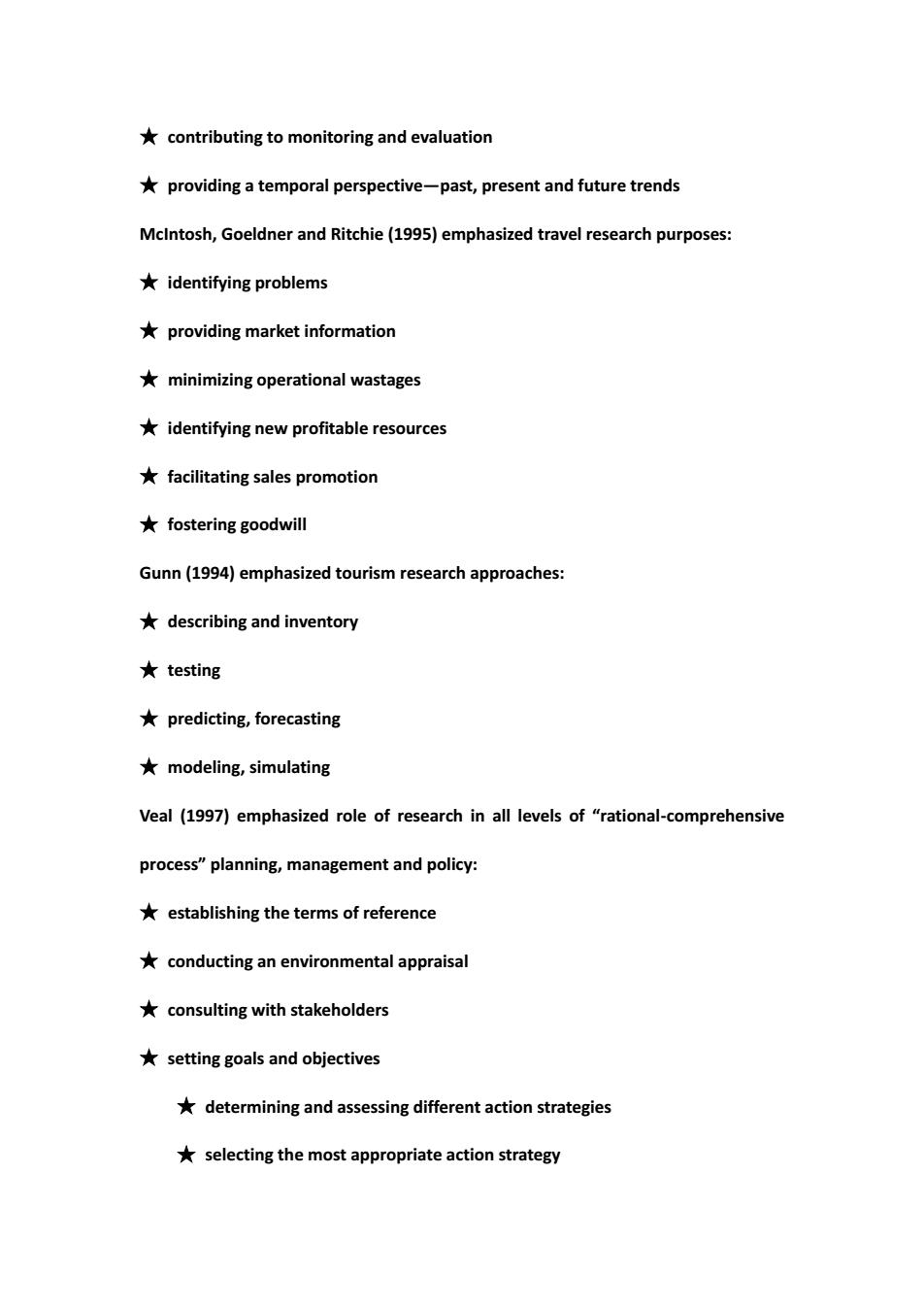
*contributing to monitoring and evaluation *providing a temporal perspective-past,present and future trends Mclntosh,Goeldner and Ritchie(1995)emphasized travel research purposes: *identifying problem providing market information *minimizing operational wastages *identifying new profitable resources *facilitating sales promotion ★fostering goodwill Gunn(1994)emphasized tourism research approaches *describing and inventory ★testing *predicting,forecasting modeling,simulating Veal(1997)emphasized role of research in all levels of "rational-comprehensive process"planning,management and policy: *establishing the terms of reference *conducting an environmental appraisal *consulting with stakeholders *setting goals and objective *determining and assessing different action strategies selecting the most appropriate action strategy
★ contributing to monitoring and evaluation ★ providing a temporal perspective—past, present and future trends McIntosh, Goeldner and Ritchie (1995) emphasized travel research purposes: ★ identifying problems ★ providing market information ★ minimizing operational wastages ★ identifying new profitable resources ★ facilitating sales promotion ★ fostering goodwill Gunn (1994) emphasized tourism research approaches: ★ describing and inventory ★ testing ★ predicting, forecasting ★ modeling, simulating Veal (1997) emphasized role of research in all levels of “rational-comprehensive process” planning, management and policy: ★ establishing the terms of reference ★ conducting an environmental appraisal ★ consulting with stakeholders ★ setting goals and objectives ★ determining and assessing different action strategies ★ selecting the most appropriate action strategy
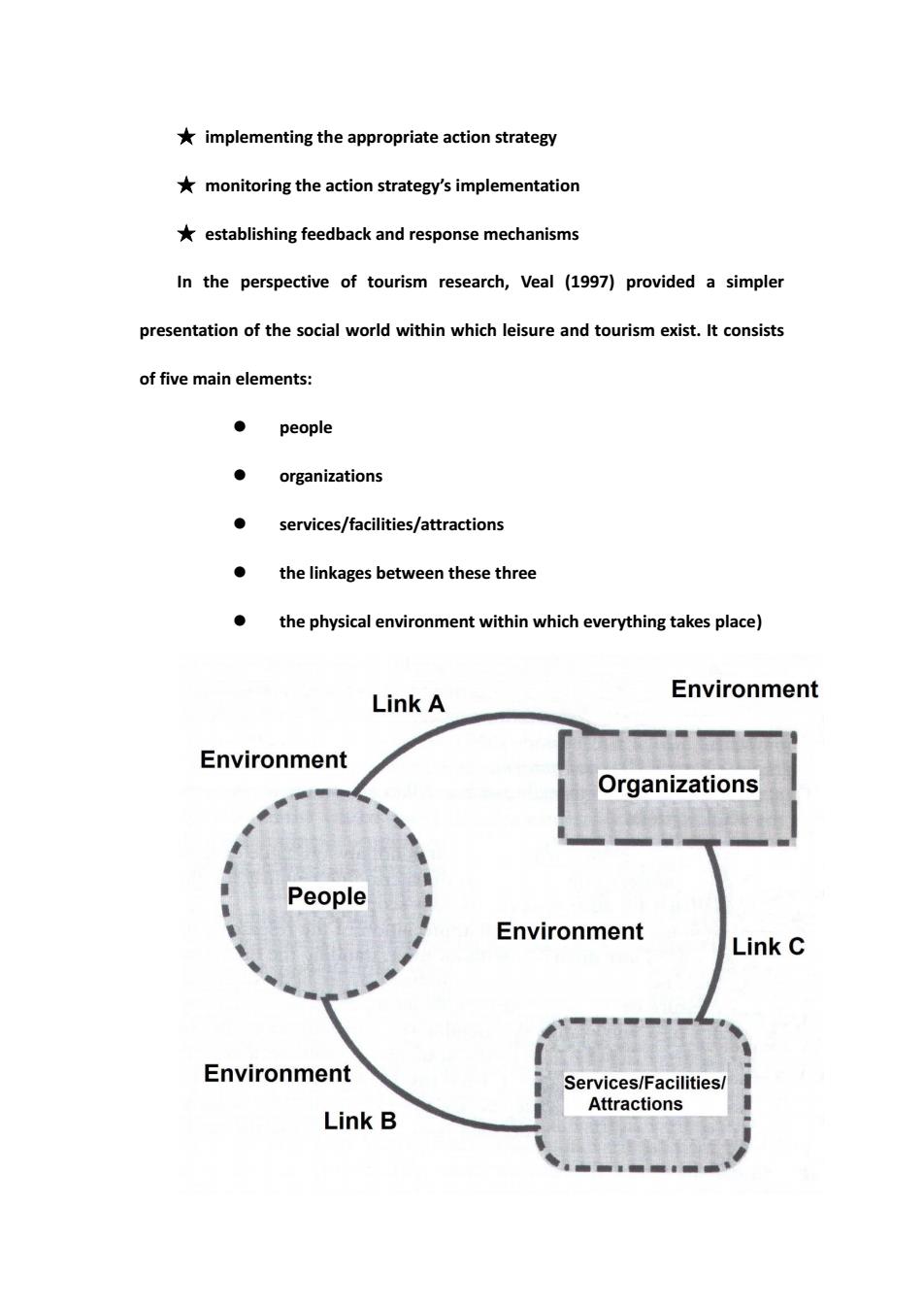
*implementing the appropriate action strategy *monitoring the action strategy's implementation establishing feedback and response mechanisms In the perspective of tourism research,Veal (1997)provided a simpler presentation of the social world within which leisure and tourism exist.It consists of five main elements: people organizations ● services/facilities/attractions the linkages between these three the physical environment within which everything takes place) Environment Link A Environment Organizations People Environment Link C Environment ce vices/Facilities Link B actions
★ implementing the appropriate action strategy ★ monitoring the action strategy’s implementation ★ establishing feedback and response mechanisms In the perspective of tourism research, Veal (1997) provided a simpler presentation of the social world within which leisure and tourism exist. It consists of five main elements: people organizations services/facilities/attractions the linkages between these three the physical environment within which everything takes place)
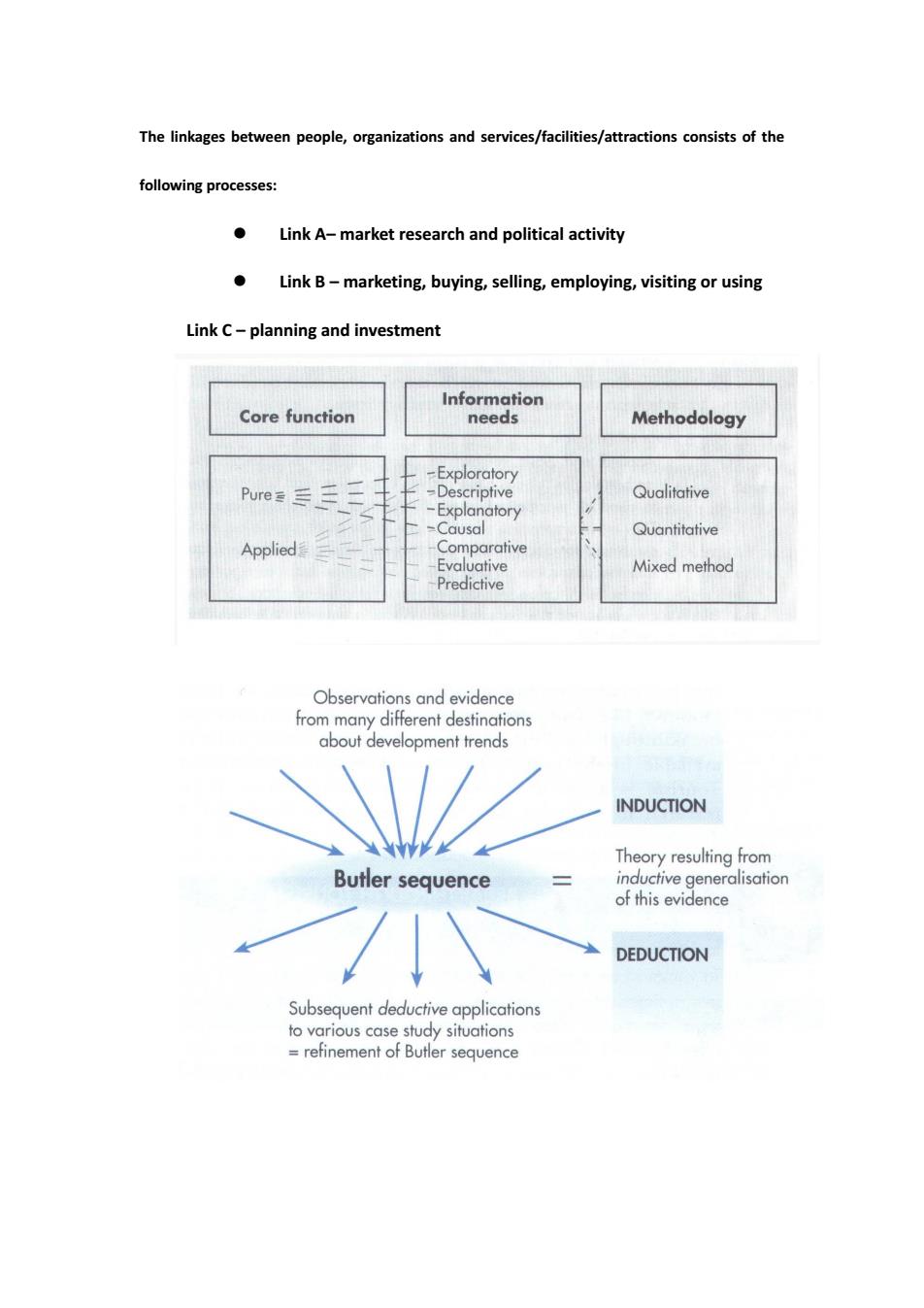
The linkages between people,organizations and services/facilities/attractions consists of the following processes: Link A-market research and political activity Link B-marketing,buying,selling,employing,visiting or using Link C-planning and investment Core function htreaon Methodology -Exploratory Qualitative Quantitative Applied ative Mixed method Predictive Observations and evidence from many dif ferent destinations about development trends INDUCTION Theory resulting from Butler sequence inductive generalisation of this evidence DEDUCTION Subsequent deductive applications to various case study situations =refinement of Butler sequence
The linkages between people, organizations and services/facilities/attractions consists of the following processes: Link A– market research and political activity Link B – marketing, buying, selling, employing, visiting or using Link C – planning and investment
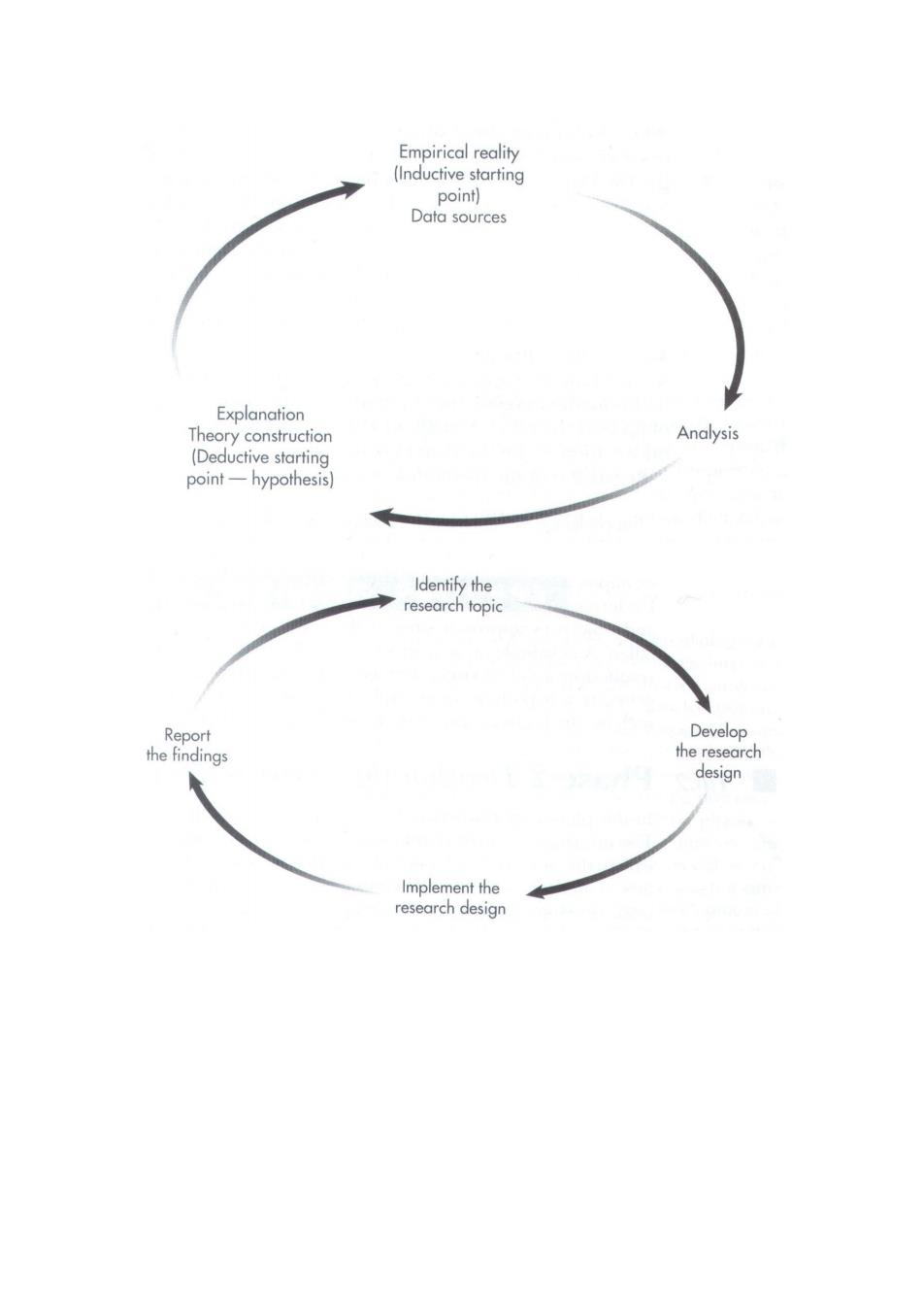
Empirical reality (Inductive starting sources Explanation Theory construction Analysis (Deductive starting point-hypothesis) he Implement the research design
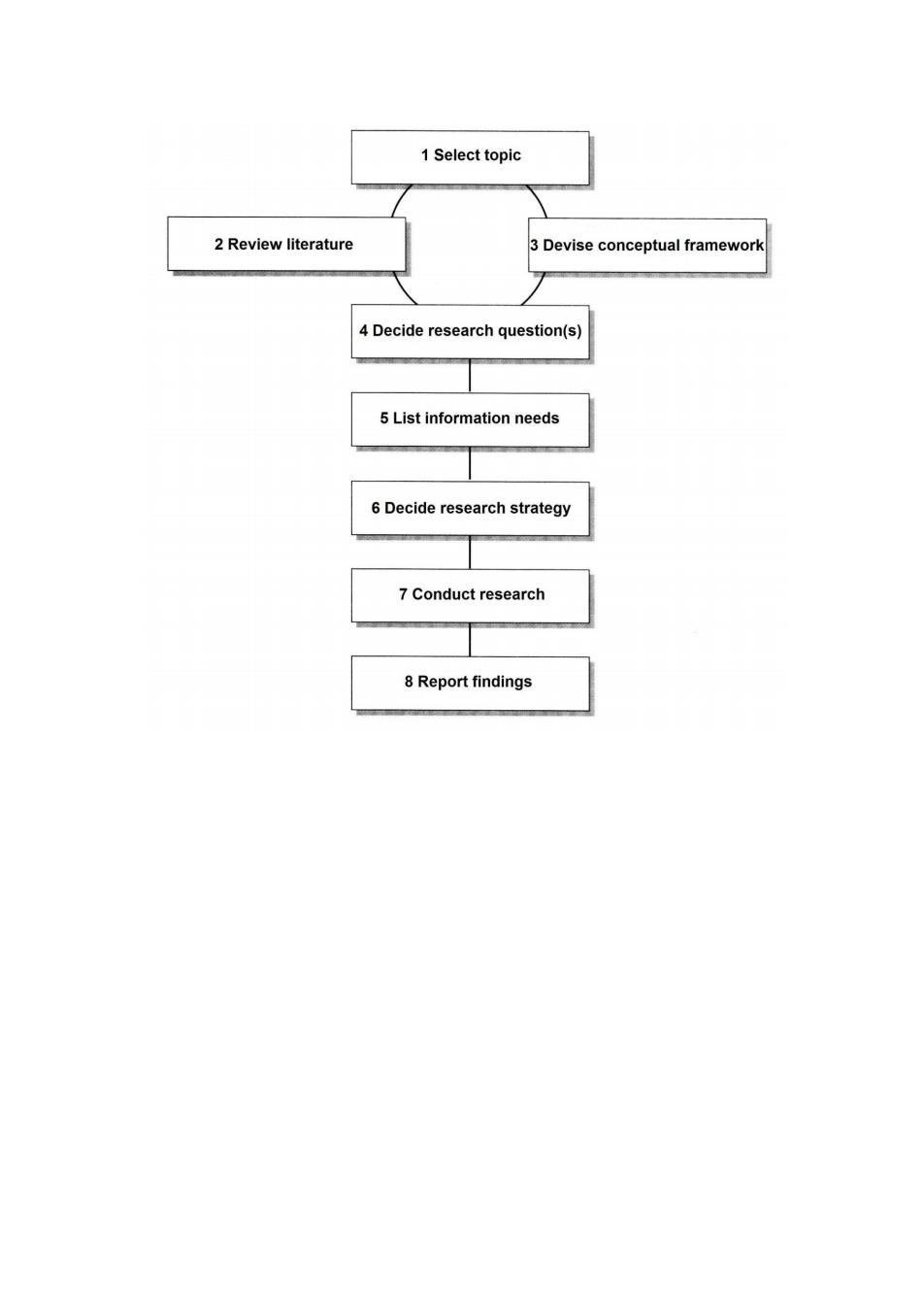
1Select topic 2 Review literature 3 Devise conceptual framework 4 Decide research question(s) 5 List information needs 6 Decide research strategy 7Conduct research 8 Report findings